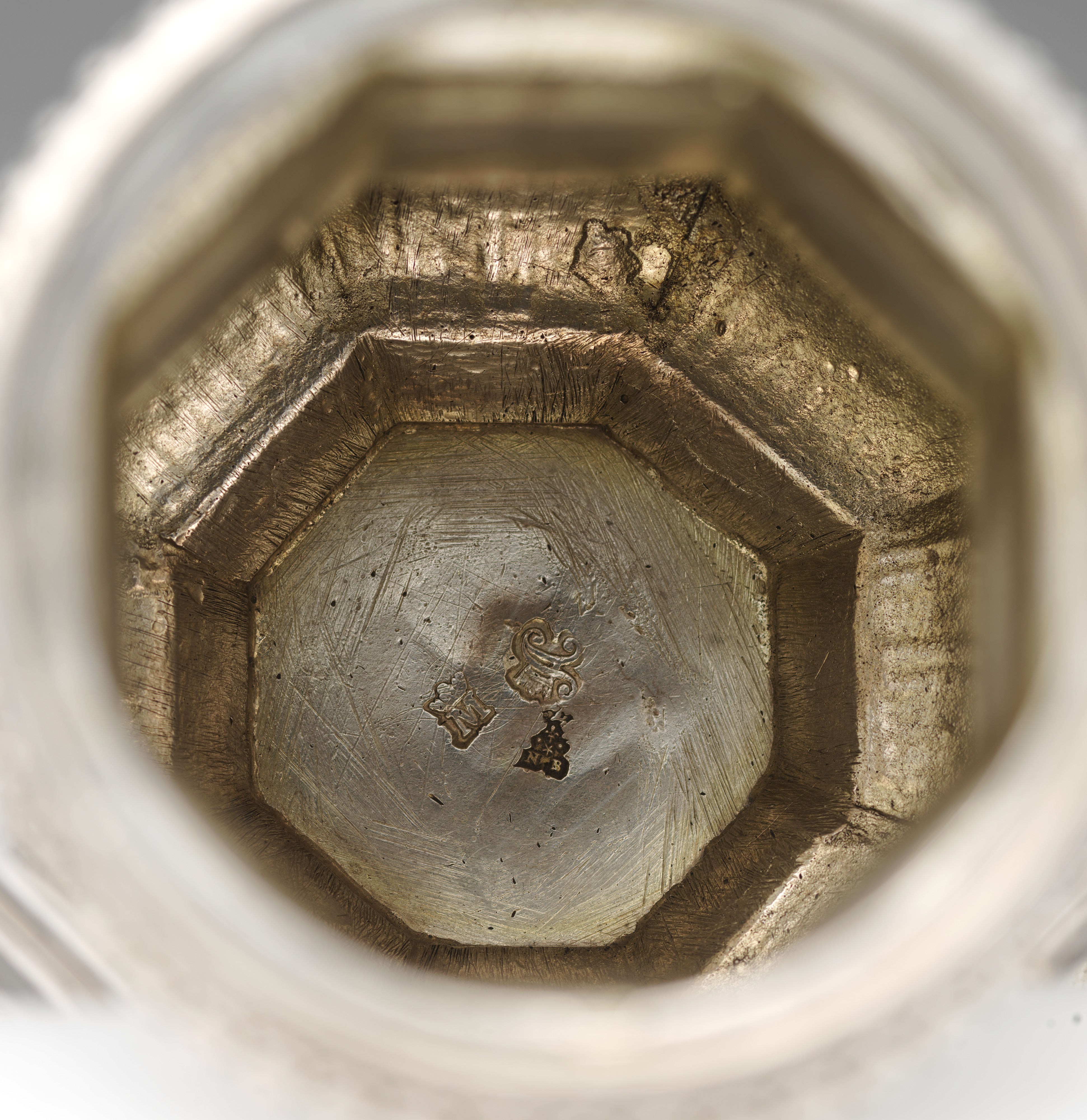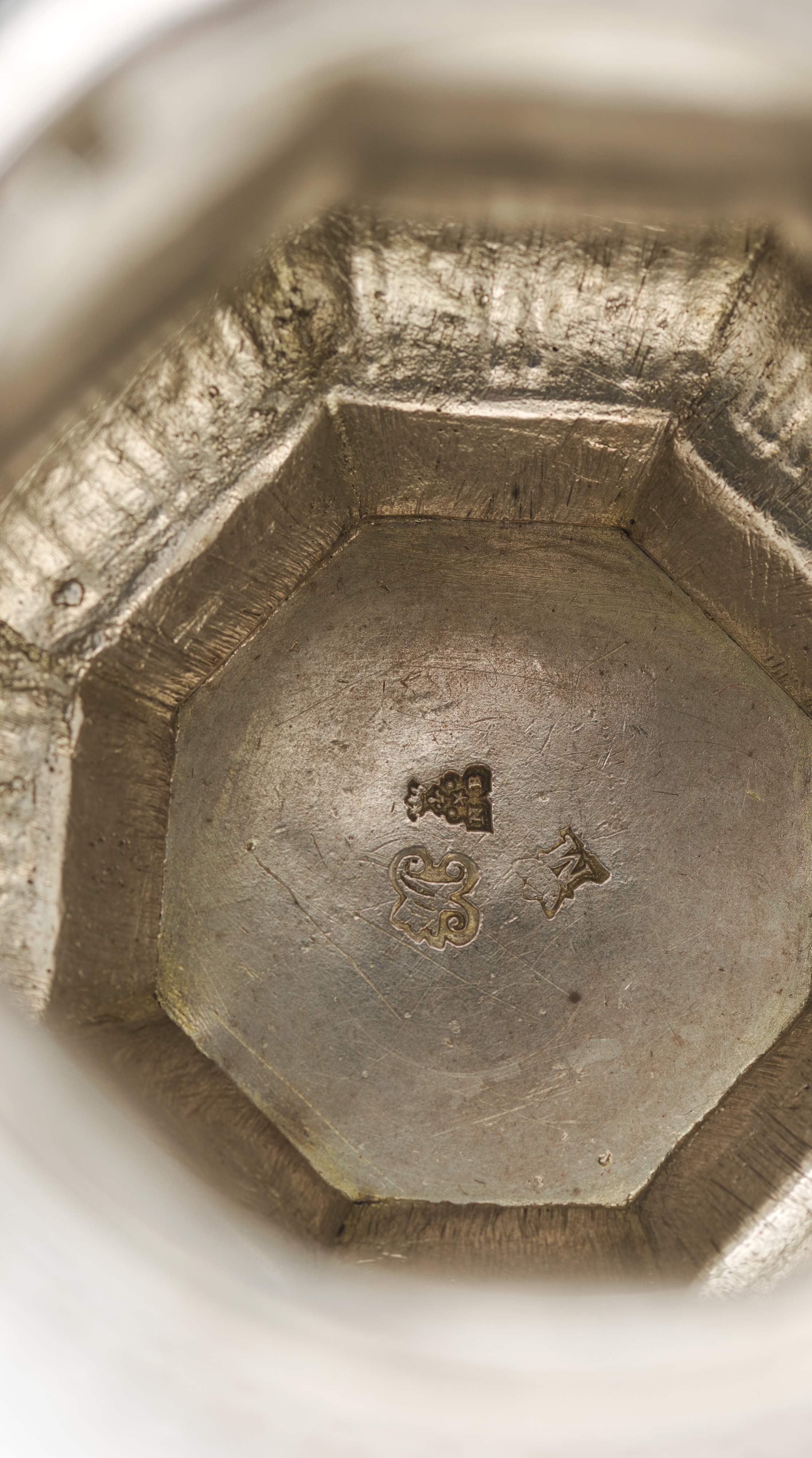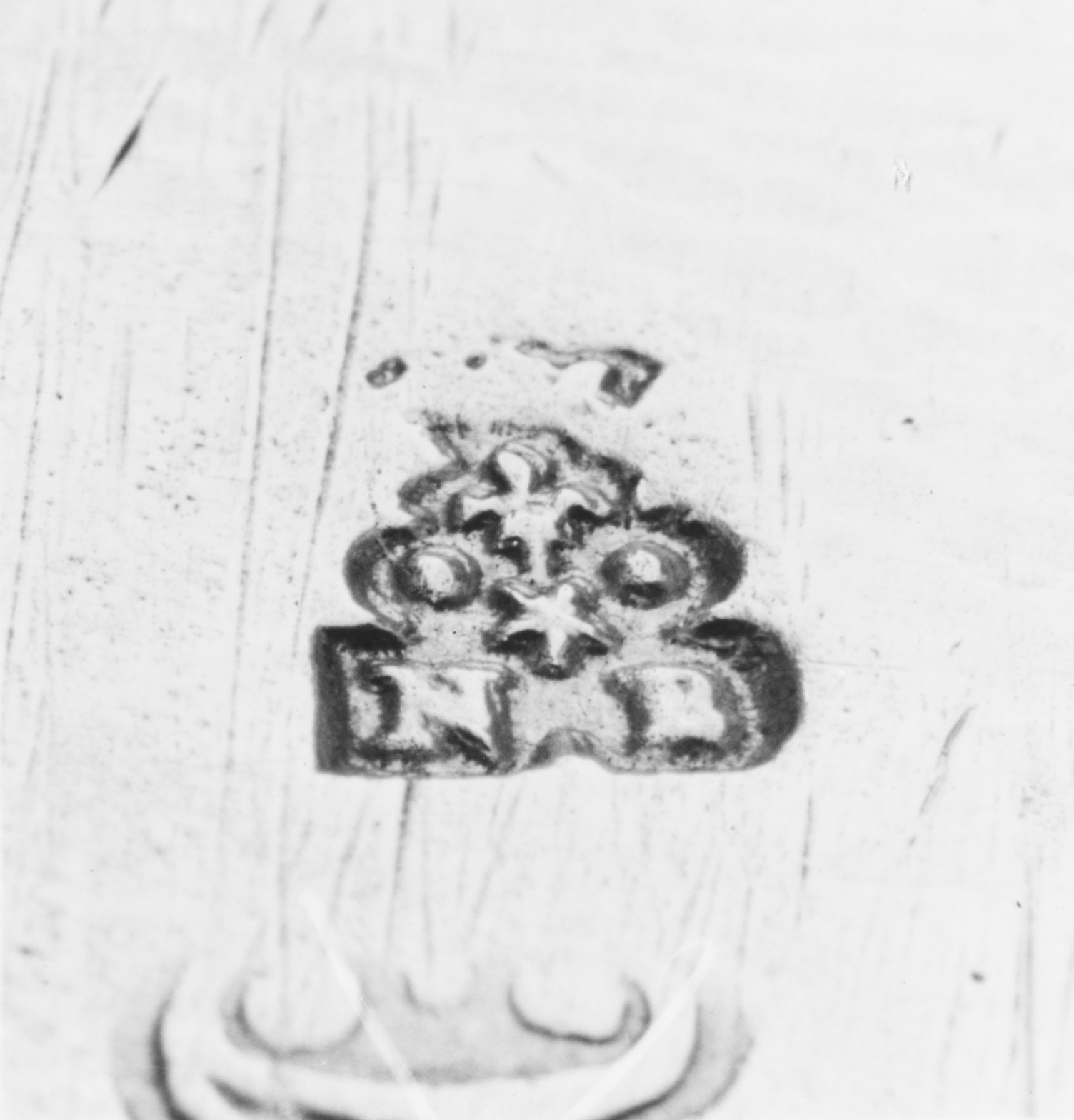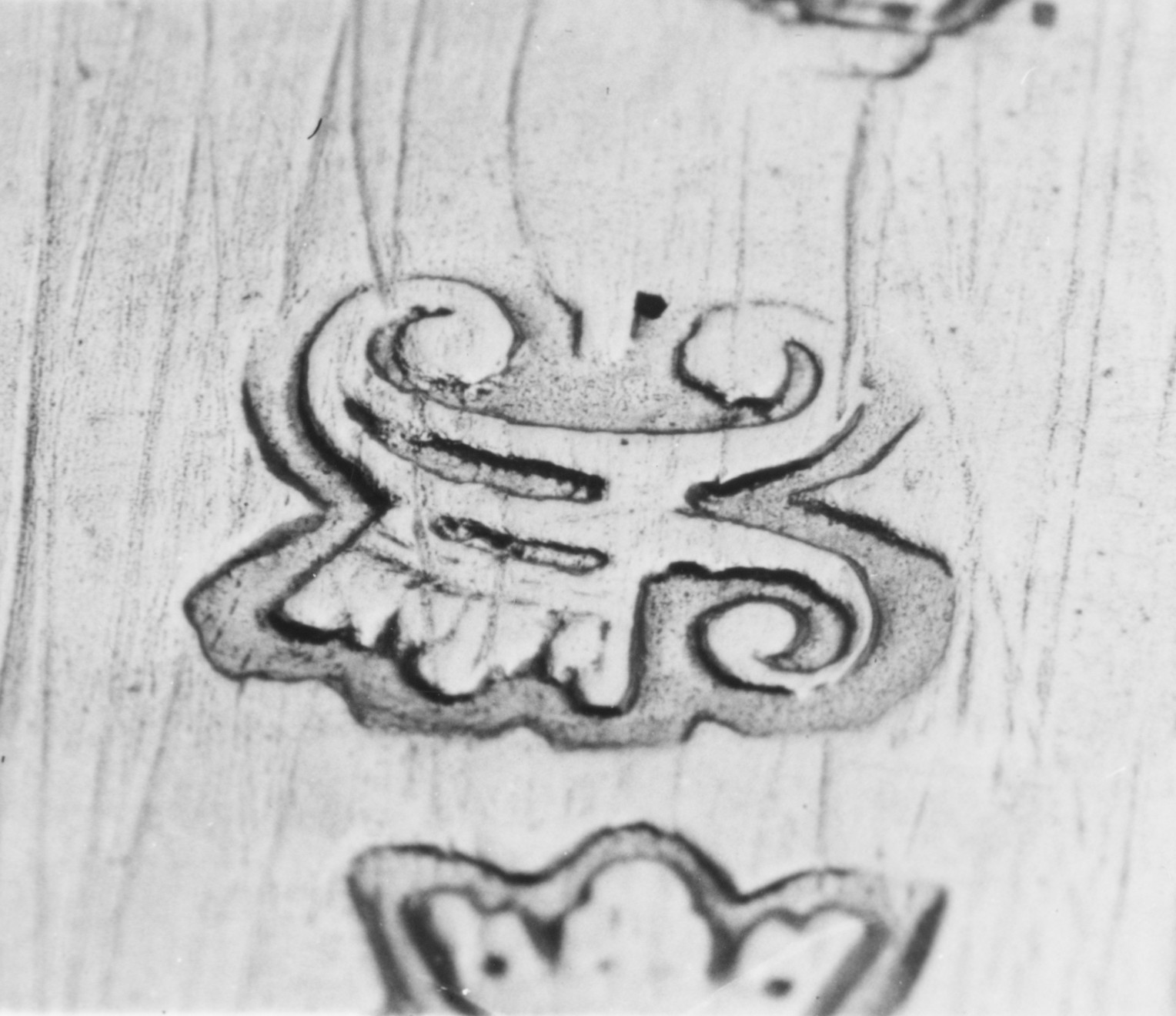Sugar caster (one of a pair)
Nicolas Besnier French
Europeans not only used sugar to sweeten coffee, tea, and chocolate imported from the Americas, India, and East Asia, but also to complement savory dishes and flavor fruit and desserts. The taste for sugar drove a rapid expansion of enslaved labor in the Caribbean.
Crystallized sugar was shipped in hard, paper-wrapped cones which had to be broken or cut into small pieces. Served in a bowl, small lumps of sugar were offered with tea and coffee, the hot liquids quickly dissolving the lumps of sugar. Alternatively, the imported sugar was refined in France and crushed into a fine powder for use as a condiment during the meal. This required a different type of serving vessel: either a caster with an openwork lid for sprinkling, or a lidded bowl with a pierced spoon for dusting.
Small casters to contain salt, ground pepper, spices, and dry mustard were already used in France by the mid-1600s. With the increasing sugar consumption, taller casters for powdered sugar were added to the table. A dusting of fine grain or powdered sugar enhanced the flavor of fresh fruit served at the time of the dessert.
The early cylindrical form of the sugar caster with a pierced domed lid surmounted by a finial or knob, gave way in the eighteenth century to a more elegant baluster shape. The ornate openwork of the lid allowed the sugar to be sprinkled (saupoudroir) or “cast.” This caster, one of a pair, by the silversmith Nicolas Besnier, dates to 1728-29.
Due to rights restrictions, this image cannot be enlarged, viewed at full screen, or downloaded.
This artwork is meant to be viewed from right to left. Scroll left to view more.








